SUMMARY
This is AI generated summarization, which may have errors. For context, always refer to the full article.
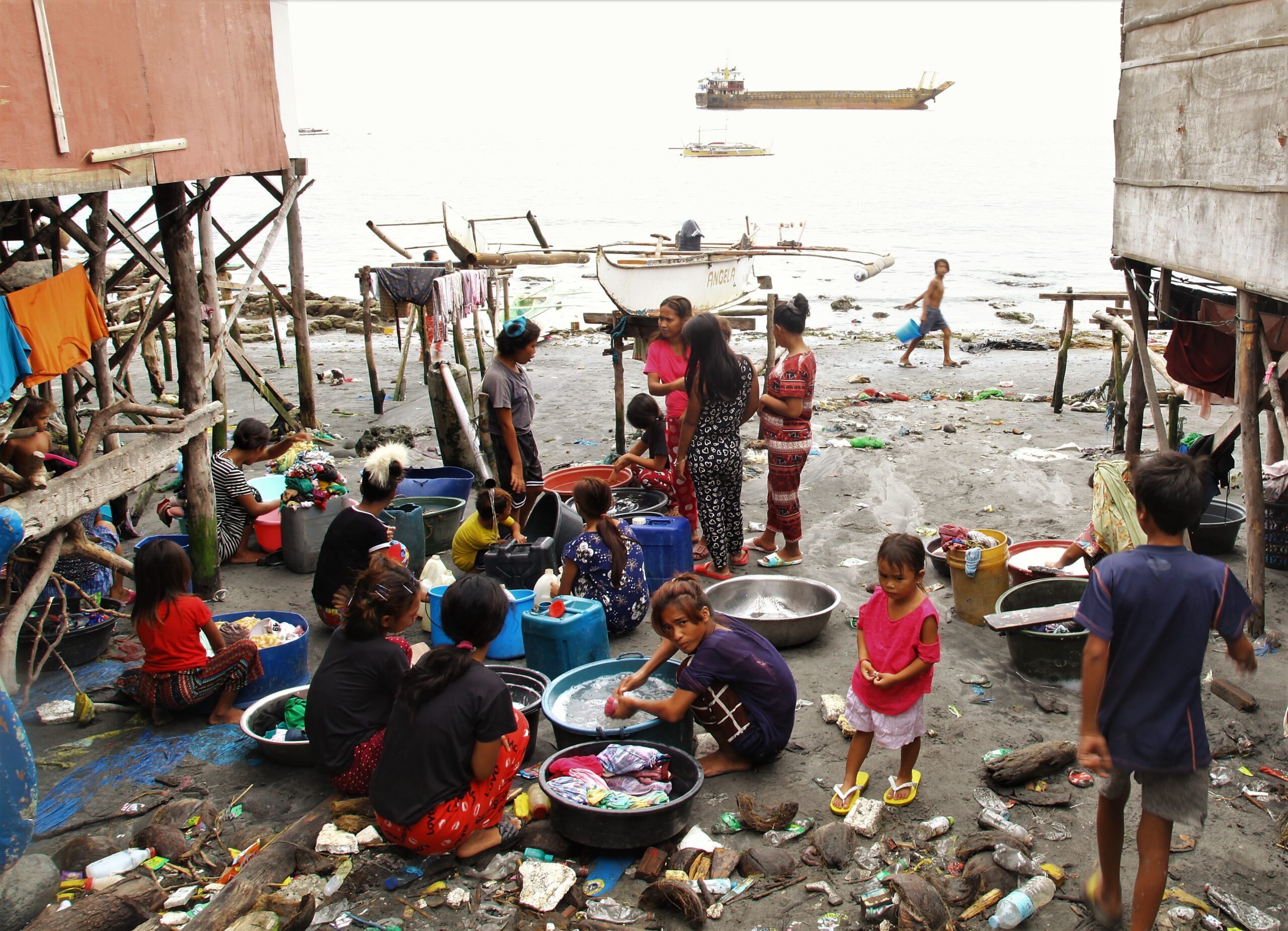
GENERAL SANTOS CITY, Philippines – Environmental officials called for firm and decisive action from local governments to get rid of a recurring problem of improper disposal of wastes that have endangered the rich and diverse marine life in Sarangani Bay.
Aside from the threat posed by the crown of thorns starfish (COTS) on its remaining coral patches, other marine life in Sarangani Bay are threatened as tons of garbage, mostly plastic trash and human wastes, continue to accumulate at the bottom of the supposedly protected seascape.
Authorities patrolling the bay reported having seen non-biodegradable trash – plastic bottles, cellophane bags, plastic sachets, and wrappers – littering the bay, home to shark whales, dolphins, sea cows, turtles, and other rare and endangered species of sea creatures.
In its current state, the almost 260,000-hectare bay needs urgent and serious attention by local government units along the coast, officials said.
The Environmental Management Bureau (EMB) of the Department of Environment and Natural Resources (DENR) disclosed on Tuesday, June 27, the high levels of fecal coliform near 27 beach resorts along the bay.
Engineer Omar Saikol, EMB director for Soccsksargen, said the higher than the allowable level indicates that human and animal waste continue to accumulate in certain portions of the bay, mostly from densely populated areas like this city.
In previous tests done by EMB, fecal coliform was listed as one of the top pollutants in the bay.
There were also metals that authorities blamed on improper waste disposal by households and factories.
Saikol said the EMB observed that many houses in coastal villages do not have toilets and residents throw their wastes into the sea.
At least 68 coastal villages dot Sarangani Bay’s 224-kilometer coastline that traverses six towns in Sarangani province and General Santos City.
Saikol said the EMB released half a million pesos in 2021 to local governments to help in setting up public restrooms along the beaches of Sarangani and at the Queen Tuna Park in General Santos City where high levels of fecal coliform were confirmed again.
In 2020, the EMB and health authorities banned swimming at Queen Tuna Park due to similar findings of high levels of fecal coliform.
Another official of the Protected Area Management Office of the Sarangani Bay Protected Seascape (SBPS) said the garbage problem in the bay was not solely caused by coastal communities.
SBPS superintendent Joy Ologuin said tons of garbage from non-coastal communities ended up in waterways and were swept into Sarangani Bay during heavy downpours.
She said local governments and the private sector should immediately attend to the problem by putting up garbage traps in strategic locations along creeks and rivers to prevent garbage from reaching coastal waters.
Ologuin noted that the problems were recurring. He called for a continuing and relentless campaign to inform and educate residents on how they can help ensure a sustainable garbage-free Sarangani Bay. – Rappler.com
Add a comment
How does this make you feel?
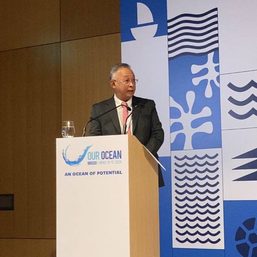
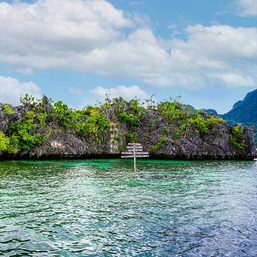
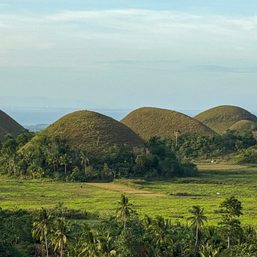
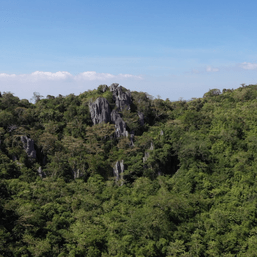
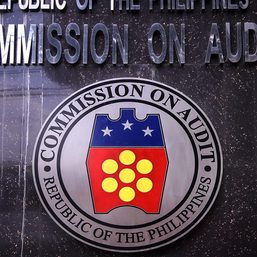
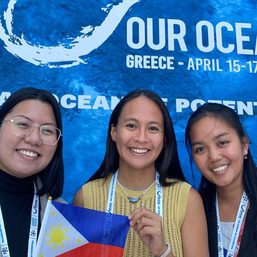
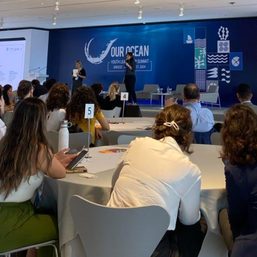
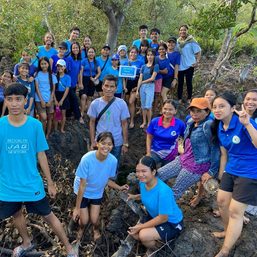


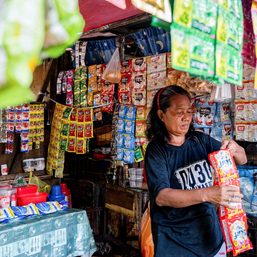

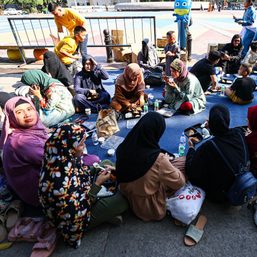
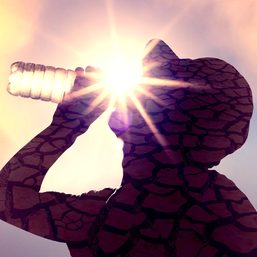
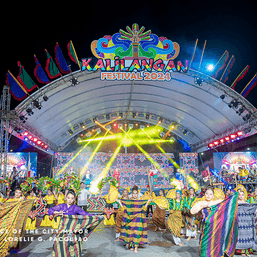

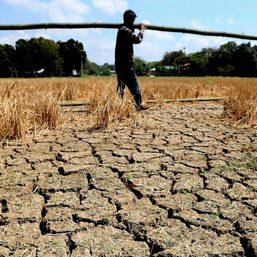

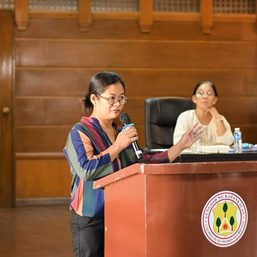


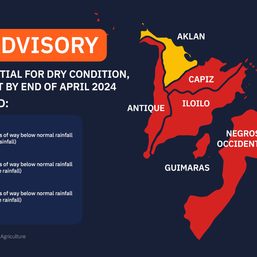
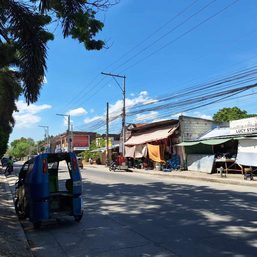
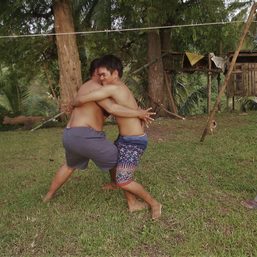
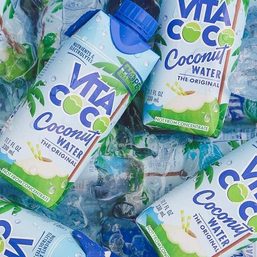

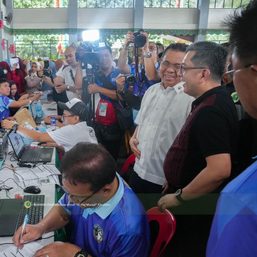
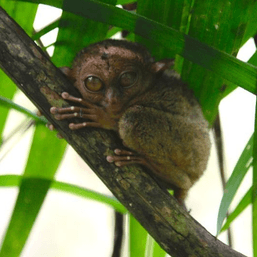
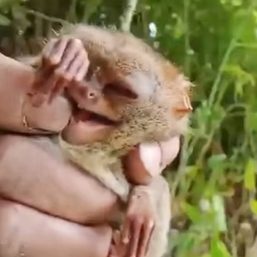
There are no comments yet. Add your comment to start the conversation.